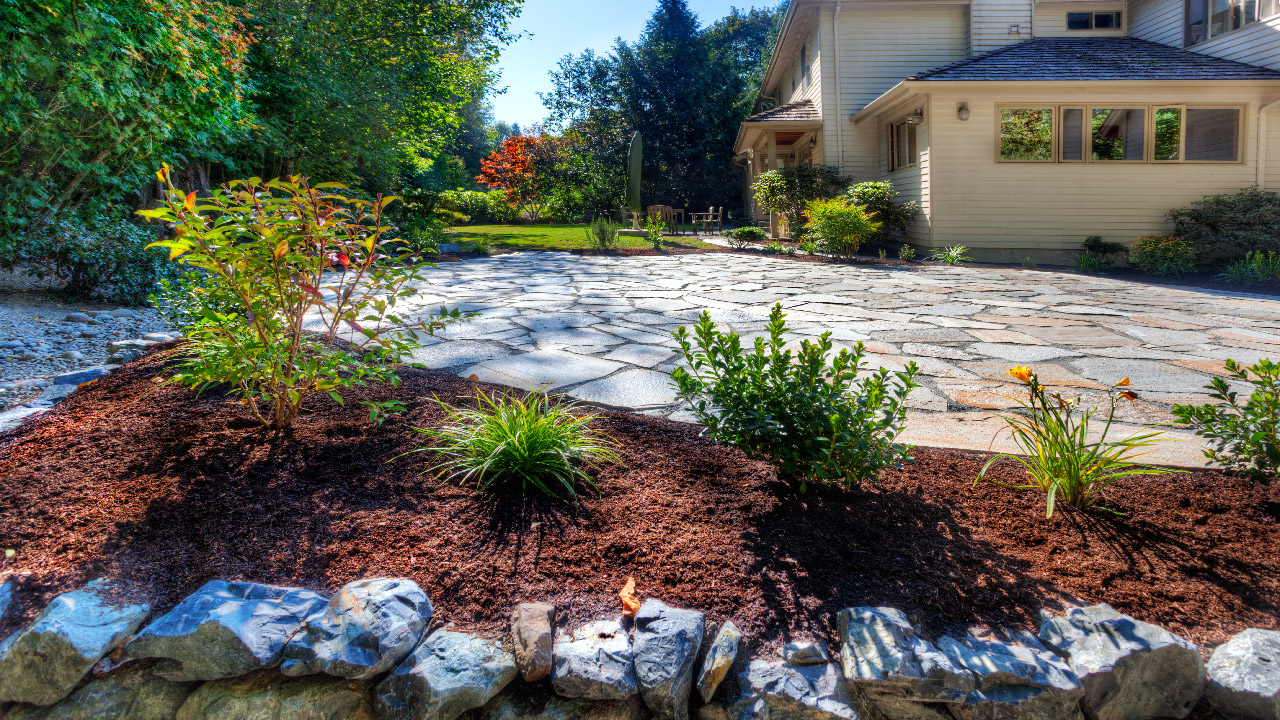10 Important Things to Consider When Planning Your Landscape Design
Aug 17th 2023
Are you planning a new garden? Landscape design involves adjusting features in a landscape to develop rural and urban environments. It is often involved in various projects because of its multiple benefits.
After all, landscape design is known for boosting biodiversity and protecting natural wildlife. By incorporating these bird supplies or even a pond into your new landscape, you can reconnect with nature and transform previously unused spaces into functional spots. One of the other main advantages of this type of design is that it can increase property value.
However, while it may seem straightforward to learn the basic elements in design and create an outline of the project, there are many things you need to consider with landscape designing before you can start embracing the benefits. Read on for more information!
What do you need to consider when planning your landscape design?
We've compiled a list of ten things you need to weigh up in this process.
- Local regulations
Get familiar with your area's local zoning laws and homeowner association rules. You may be required to get a permit for specific landscape designs, so it's always worth doing your research first.
- Maintenance
Consider how much maintenance your new landscape will need. How much time and effort are you willing to sacrifice? Consider low-maintenance plantings and convenient drip irrigation systems for simple upkeep.
- Plant Selection
You should select plants which will thrive in your area's climate and consider factors such as soil type and sunlight exposure. You can find out which plants suit your landscape by observing the USDA Plant Hardiness Zone Maps.
- Sustainability
To be environmentally friendly, consider how sustainable your landscape design will be. Try to choose plants which require low water usage and boost local biodiversity.
- Topography
Considering the topography of your landscape design involves the arrangement of the physical features and how the layout will all come together in one aesthetically pleasing composition.
- Seasonal interest
You need to consider how different plants cope with different seasons to ensure your garden remains beautiful throughout the year. Incorporating some evergreen plants can ensure your landscape remains busy and beautiful even in the colder seasons.
- Hardscaping features
Consider adding elements such as walkways, patios, and decks, which can add more structure and practicality to your yard.
- Balance
You'll need to create balance in your garden by thinking about the shape, size, and position of the different physical elements. Disproportionately placing too many things in one place can ruin the overall aesthetic.
- Site analysis
Analysing site conditions can help you better understand your landscape's site. It can give you information on factors like soil type, sunlight exposure, and drainage, which can then help you decide what plants to choose and where to place them.
- Budget
Perhaps the most critical consideration in your landscape design is your budget. By figuring out how much you will spend on this project, you can make realistic choices and prioritize some elements over others.
So, there you have it. Peek at our helpful resources to learn more about gardening.

